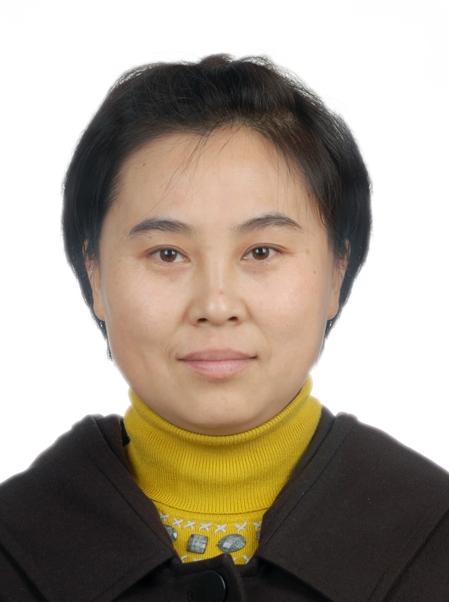Determination of Stability Constants of Complexes of Cu2+ and Cu+ with Glycine Using Zero Current Potentiometry through Electro-generating Copper Ions
Affiliation of Author(s):
化学与化工学院
Journal:
Electrochimica Acta Crystallogr Electrostatic Precipitation
Key Words:
中文关键字:零流电位;Cu2+;Cu+;甘氨酸;配合物,英文关键字:Zero current potential;Cu2+;Cu+;Glycine;complex
Abstract:
Coordination between copper ions of varied valence, Cu2+ and Cu+, with glycine (Gly) was investigated by an electrochemistry method named zero current potentiometry. The copper wire (CW), connected in
series between two clips of working and counter electrodes of a potentiostat, and a reference electrode were immersed into buffer solution. By applying a specific linear sweep potential Eapp on CW according to the redox characteristic of Cu2+/Cu and Cu+/Cu couples, Cu+ or Cu2+were selectively electro-generated on the CW surface. When Gly existed in buffer solution, Cu+ or Cu2+ bonded with Gly through coordination reaction, resulting in the changing of the interfacial potential at the corresponding interface. The changing of the interfacial potential was tracked by measuring zero current potential (Ezcp) that corresponds to where circuit current I was equal to zero in the recorded I–Eapp curve. The thermodynamic constants of the complexation between Cu2+ or Cu+ with Gly were accordingly determined by the relationship of Ezcp with Gly concentration. The results showed that Cu2+ and Cu+ were produced on the CW surface respectively by applying different range of the linear sweep potential on CW in buffer solution. With Gly concentration increasing, the recorded I–Eapp curves shifted negatively and zero current potential Ezcp showed linear relationship with logc(Gly) in both cases. The slopes were coincident with the corresponding theoretical values (0.030 for Cu2+-Gly reaction and 0.059 for Cu+-Gly reaction). Through their linearity relationships, the stability constants logb and binding ratios of complexes were calculated respectively. The obtained results showed that the proposed approach is not only simple and rapid, but also has advantages for studying the coordination equilibrium of metal ions
with varied valences, especially the ions that are not stable in solution.
